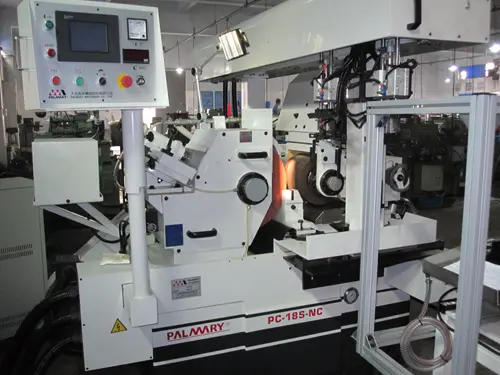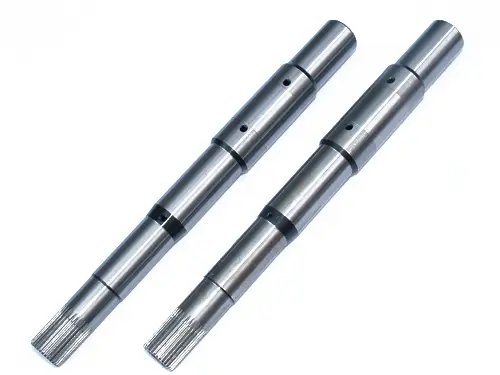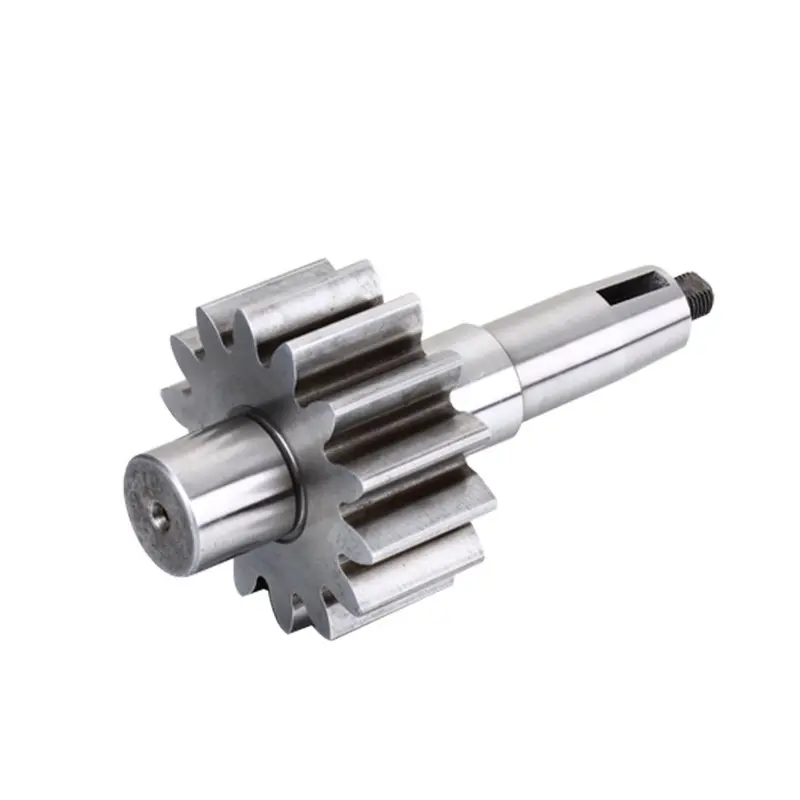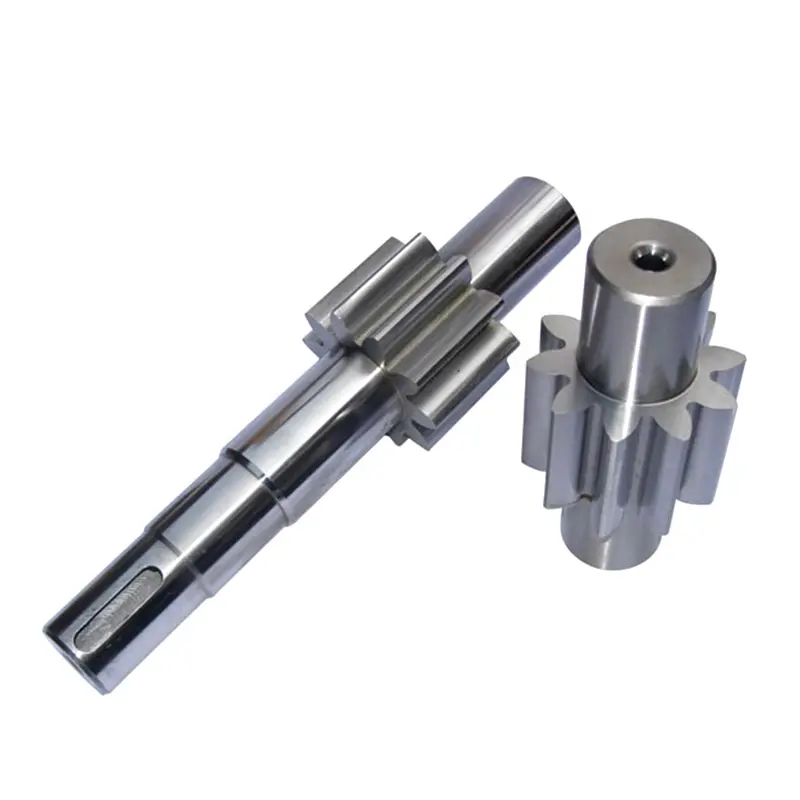Pump Shaft: Essential Components in Pump Systems
A pump shaft is a crucial component in various types of pumps, playing a pivotal role in their functionality and reliability. Understanding its construction, materials, types, and maintenance can significantly enhance the performance and longevity of pump systems.
Introduction to Pump Shafts
In pump technology, the shaft acts as a crucial link between the motor and the impeller, transferring mechanical energy into fluid energy. This article explores the details of these shafts, including their types, materials, common issues, and maintenance practices.
What is a Pump Shaft?
A
pump shaft is a mechanical component designed to transmit rotational motion from the motor to the impeller within a pump. It typically connects the motor shaft to the impeller shaft, ensuring efficient energy transfer for fluid movement.
Types of Pump Shafts
Pump shafts vary in design and material composition based on the specific application and operational requirements. Common types include:
Solid Pump Shafts: Made from durable materials such as stainless steel or carbon steel, solid shafts are robust and suitable for high-torque applications.
Hollow Pump Shafts: These shafts are lighter in weight and are often used in applications where reducing rotational inertia is critical.
Materials and Grades
The choice of materials for pump shafts depends on factors such as corrosion resistance, strength, and operating conditions. Common materials include:
Acier inoxydable : Known for its corrosion resistance, stainless steel shafts are ideal for applications involving corrosive fluids.
Acier au carbone : Provides strength and durability, suitable for general-purpose pump shafts.
Alloy Steels: Offer enhanced mechanical properties, making them suitable for high-pressure and high-temperature applications.
Machining Process for Pump Shafts
Manufacturing pump shafts involves precision machining processes to achieve dimensional accuracy and surface finish. Key machining processes include:
Turning: Machinists use turning operations to create the shaft’s cylindrical shape and achieve tight tolerances.
Fraisage : Operators perform milling to cut keyways or add other specific features required on the shaft.
Broyage : Technicians grind the shaft to ensure precise diameter control and a high-quality surface finish critical for performance.
Heat Treatment: Engineers apply heat treatment processes like quenching and tempering to enhance the shaft’s hardness and durability.
Quality Control Methods
Ensuring the quality of pump shafts is essential to prevent premature failures and ensure reliable pump operation. Quality control methods include:
Dimensional Inspection: Using precision measurement tools to verify shaft dimensions and tolerances.
Surface Finish Evaluation: Assessing surface roughness to ensure it meets specified requirements.
Test des matériaux : Conducting tests such as hardness testing and chemical analysis to verify material properties.
Non-Destructive Testing (NDT): Techniques like ultrasonic testing or magnetic particle inspection to detect internal defects without damaging the shaft.
Functionality and Importance of Pump Shafts
The main function of a pump shaft is to transmit torque from the motor to the impeller, enabling the pump to move fluids efficiently. Without a properly functioning shaft, the pump would fail to operate effectively, leading to downtime and increased maintenance costs.
Common Issues and Failures
Despite their robust design, pump shafts can experience failures due to various factors:
- Fatigue: Continuous cyclic loading can lead to fatigue failure over time.
- Misalignment: Improper alignment between the motor and pump can cause excessive stress on the shaft.
- Corrosion: Exposure to corrosive fluids can degrade the shaft material, leading to premature failure.
Pump Shaft Sleeves and Their Role
Shaft sleeves are protective covers installed over shafts to enhance durability and prevent damage from abrasive fluids. They help minimize wear and extend the lifespan of the shaft, especially in applications involving abrasive or corrosive fluids.
Frequently Asked Questions (FAQs)
1. What is the main function of a pump shaft?
The primary function of a pump shaft is to transmit rotational energy from the motor to the impeller, enabling the pump to move fluids efficiently.
2. What causes a pump shaft to break?
Pump shafts can break due to factors such as fatigue from cyclic loading, misalignment issues, or corrosion weakening the shaft material.
3. What is the importance of shaft sleeves in pump systems?
Shaft sleeves protect pump shafts from abrasion and corrosion caused by the pumped fluid, extending the shaft’s lifespan and reducing maintenance costs.
4. How are pump shafts manufactured?
Pump shafts are typically manufactured through machining processes such as turning, milling, and grinding, followed by heat treatment to achieve the required mechanical properties.
5. How can pump shaft failures be prevented?
Regular maintenance, proper alignment, using corrosion-resistant materials, and monitoring shaft condition can help prevent premature failures in pump shafts.
Conclusion
In conclusion, pump shafts play a critical role in the performance and reliability of pump systems. By understanding their construction, materials, machining processes, quality control methods, common issues, and maintenance practices, operators can ensure efficient pump operation and extended equipment lifespan.




